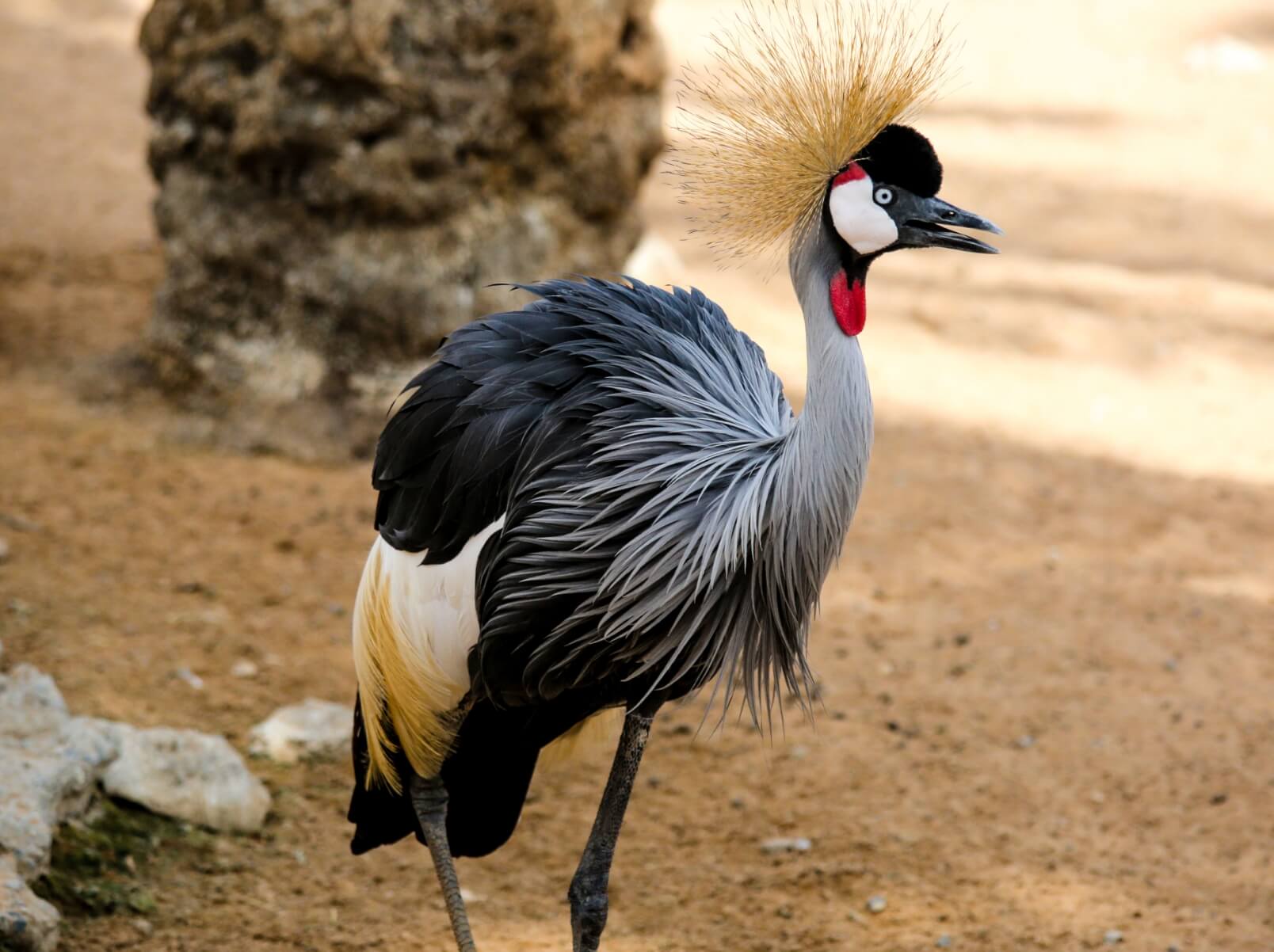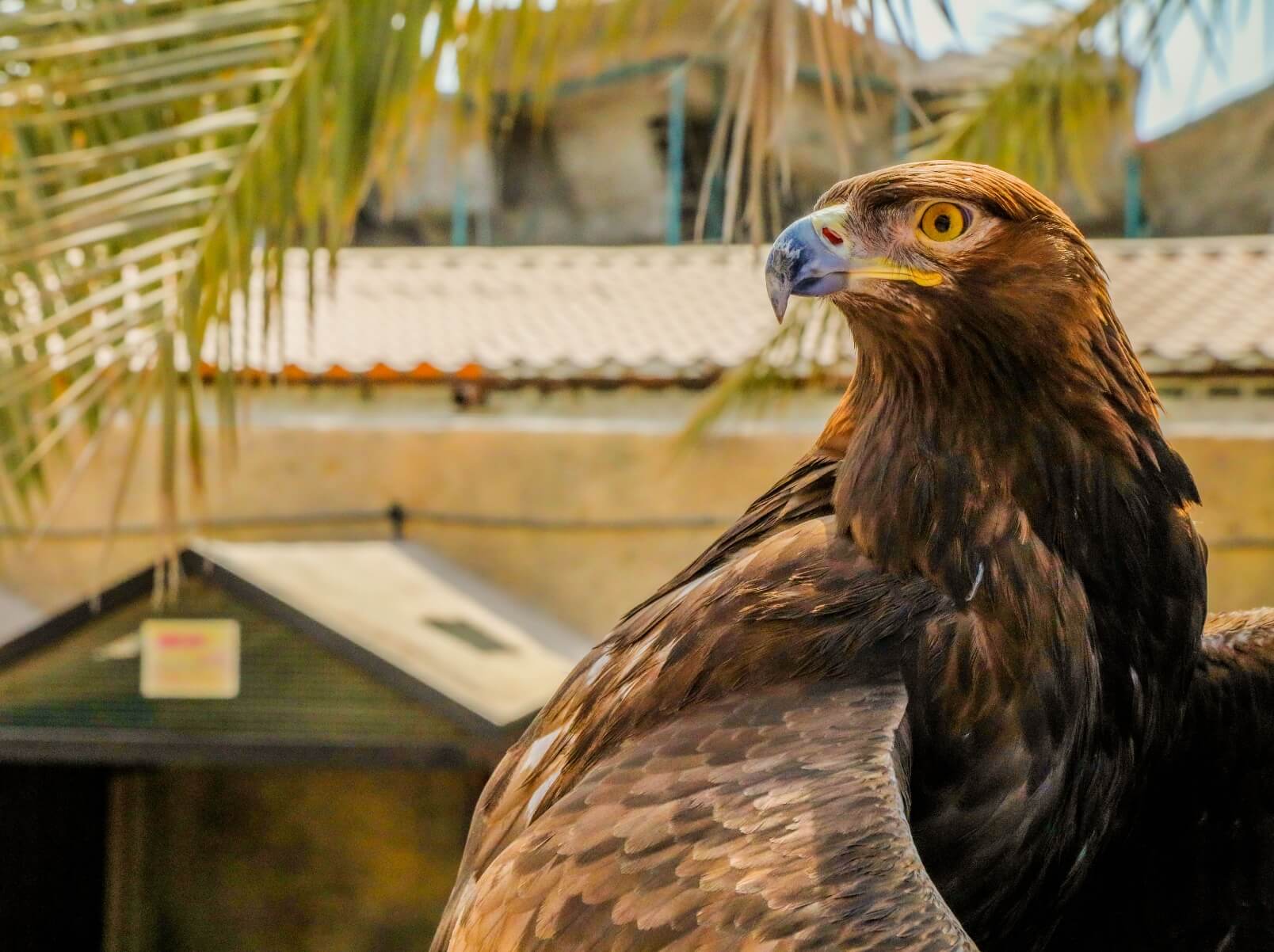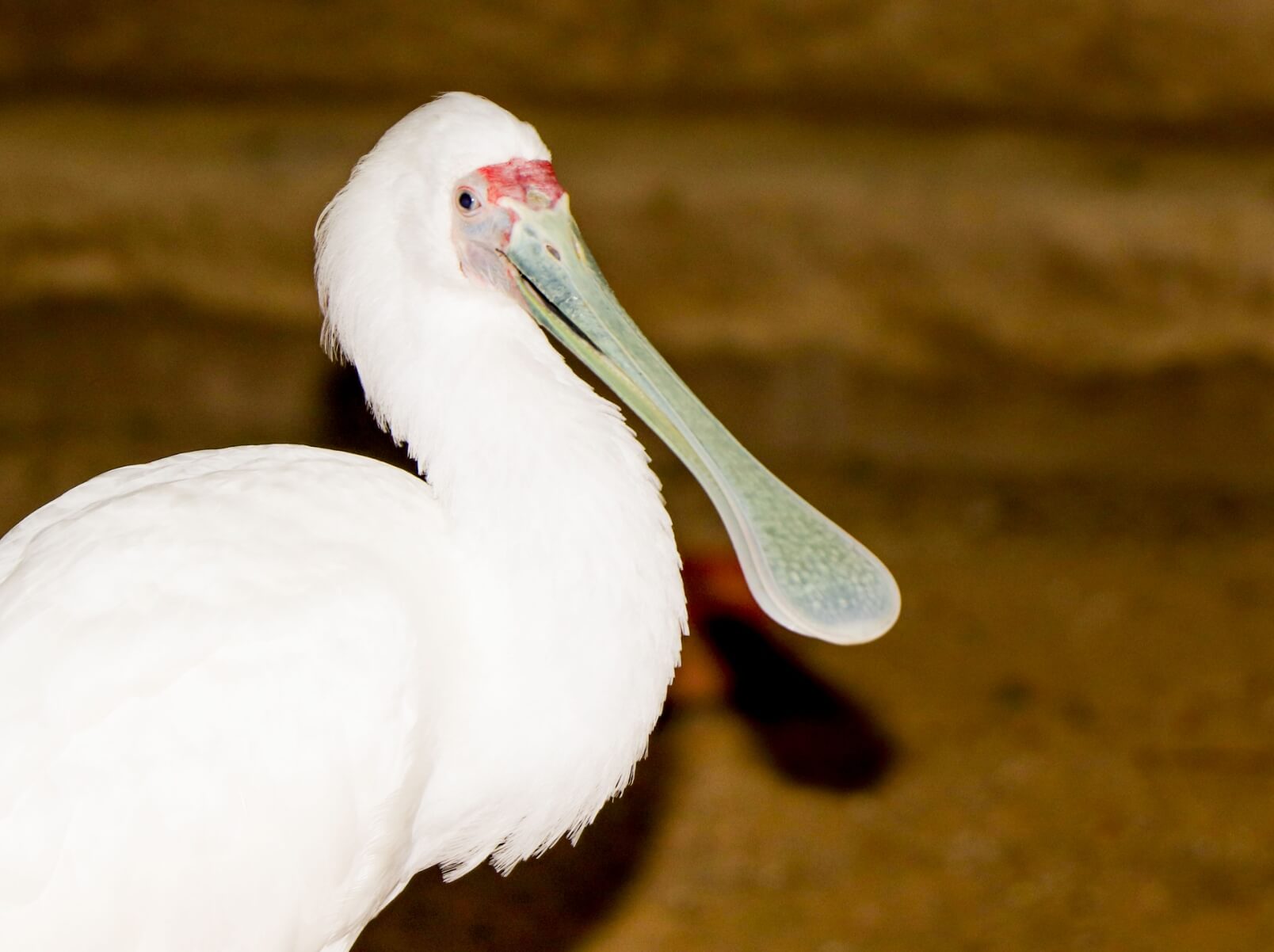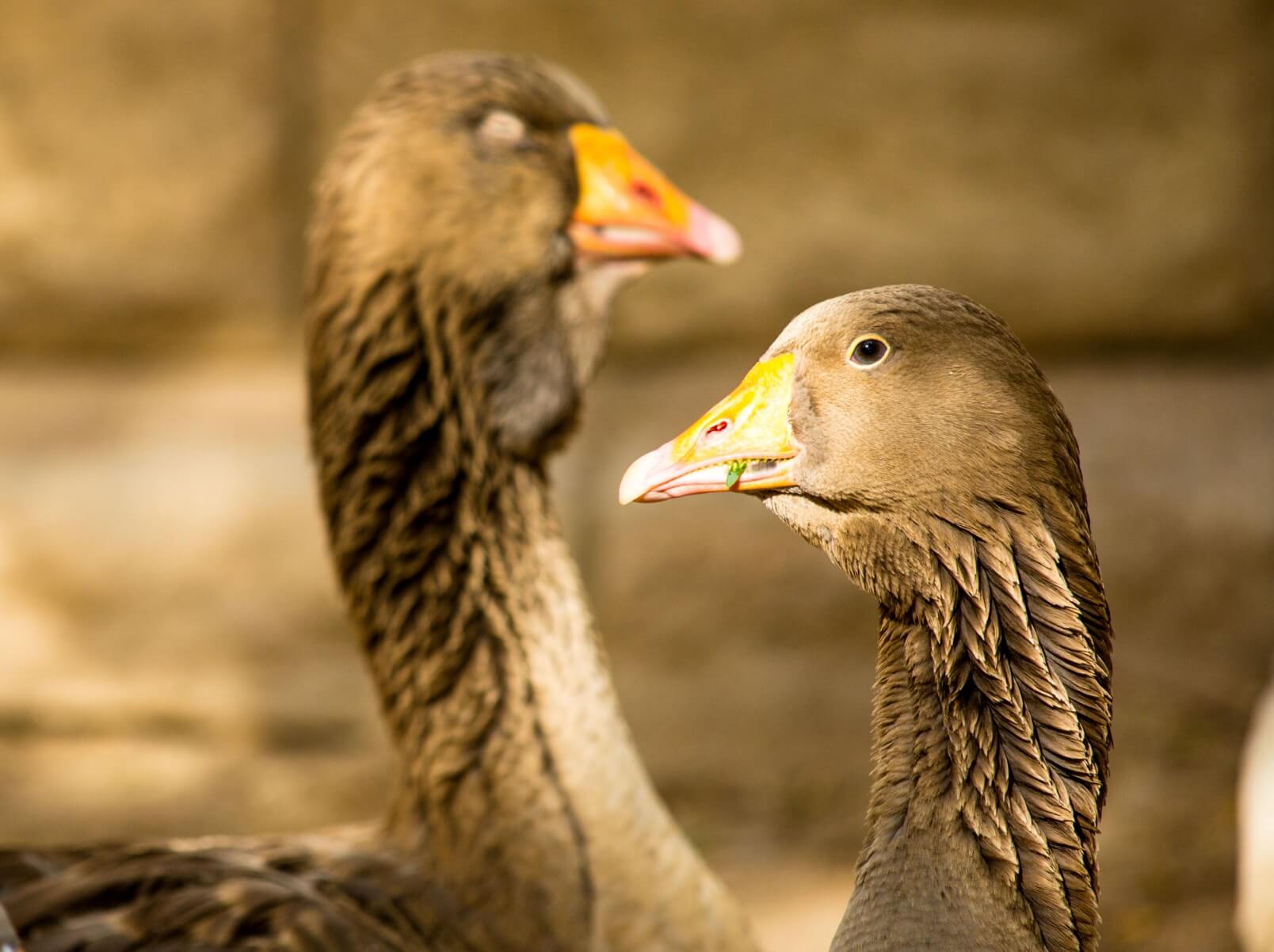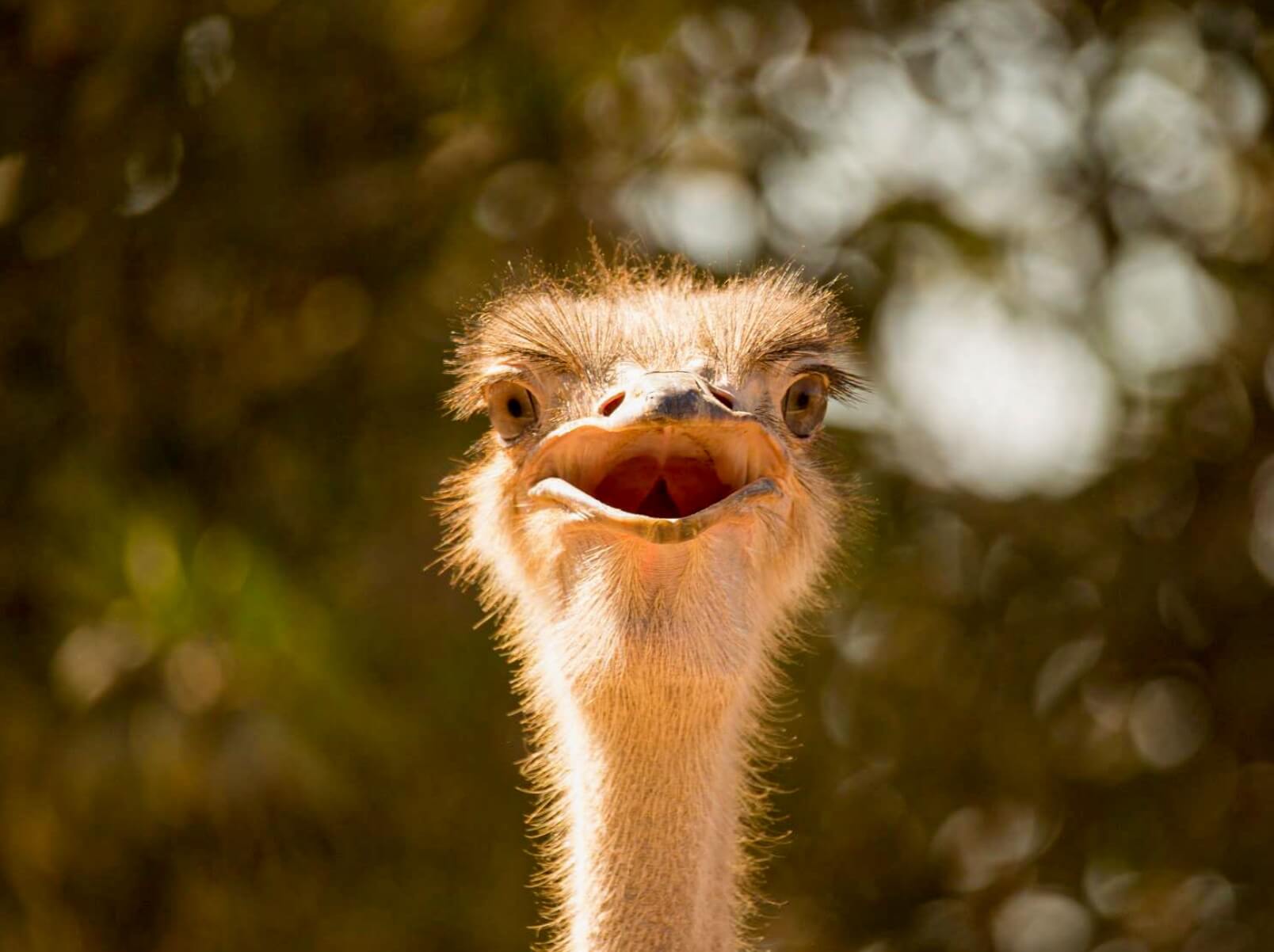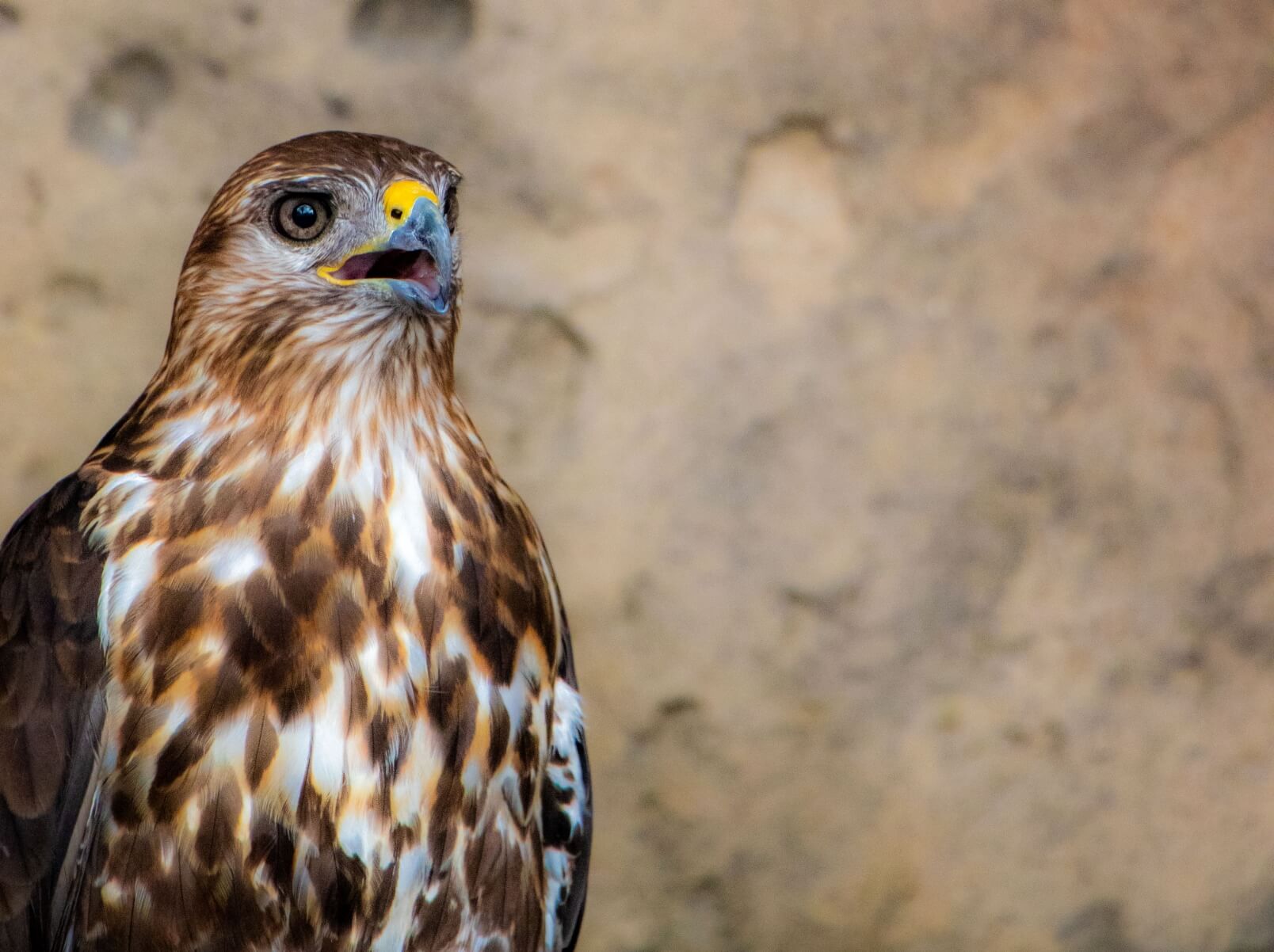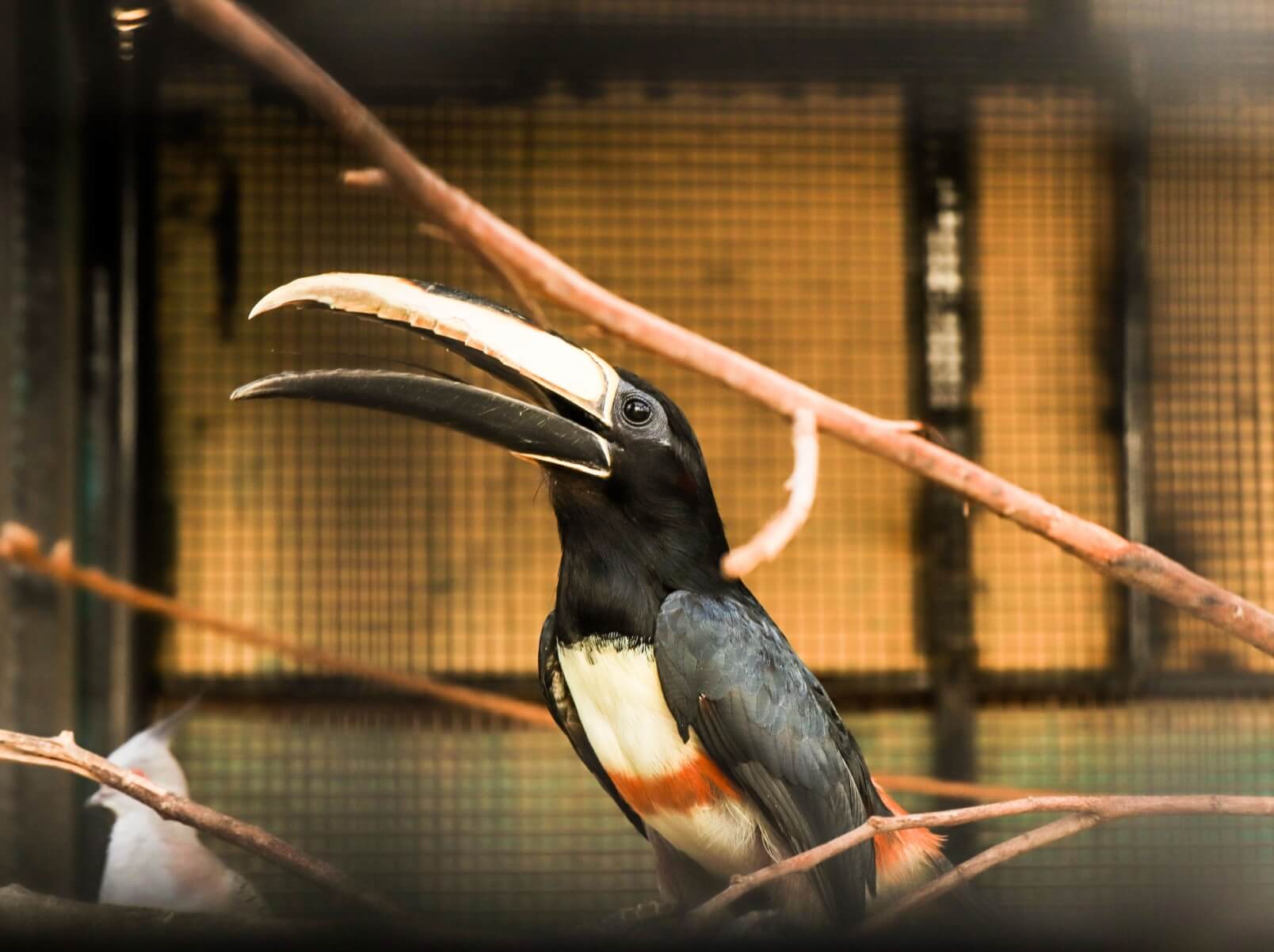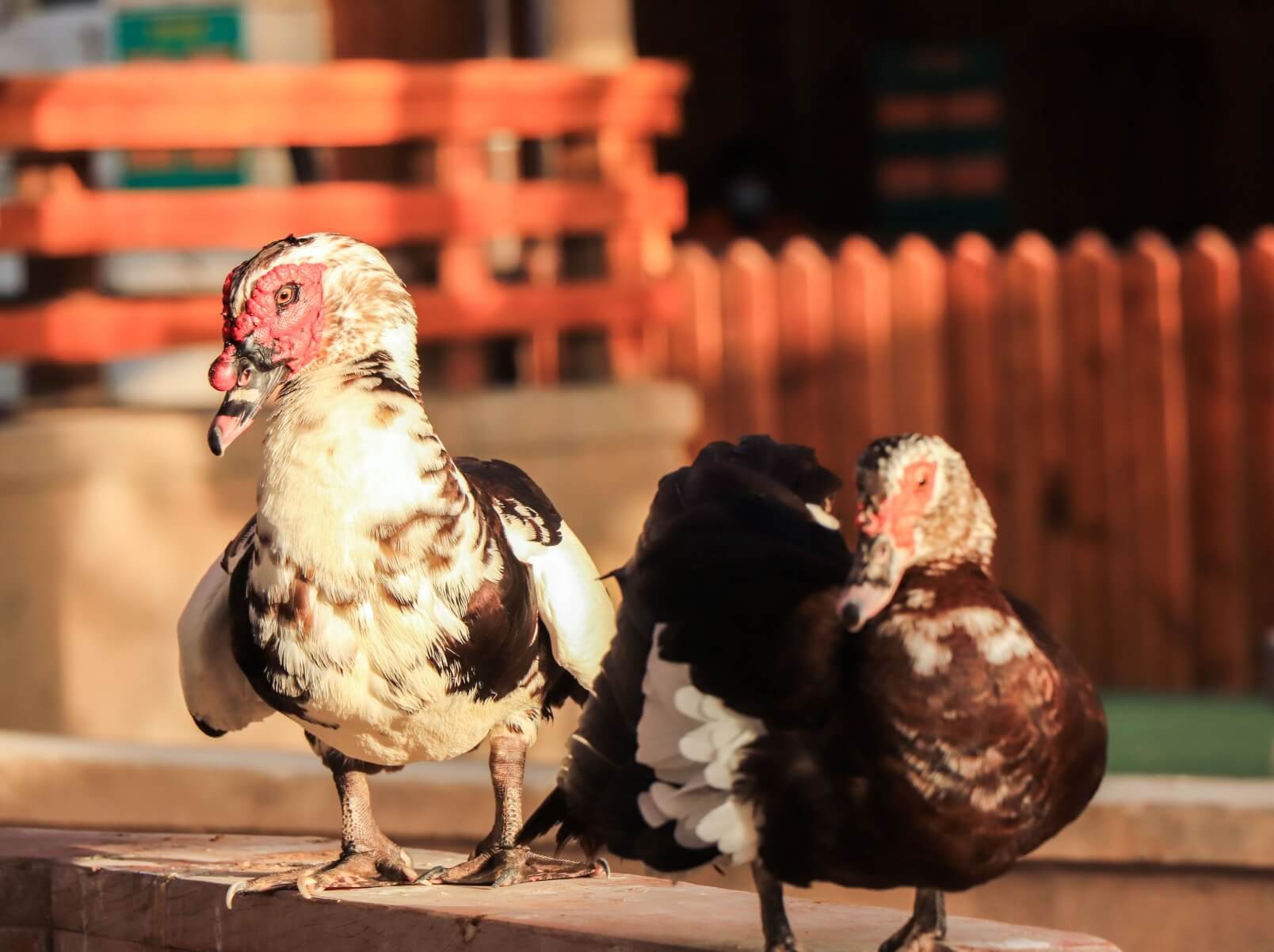INTERESTING FACTS
Owls are usually nocturnal hunters (a few exceptions are the burrowing owl and northern hawk-owl) that prey upon animals in darkness. Some owl species, like the pygmy owl, are crepuscular, meaning they are active at dawn and dusk. They spend the daytime roosting and are not easily noticeable. Owls can roost individually, in pairs, or in groups.
Before leaving their roost, the owls occasionally give a call (particularly in the breeding season).
They loosen or fluff up their plumage when relaxed but pull them in tightly when alert. Pygmy owls turn their tail up or flick it from one side to another when excited, and the little owls move their body up and down when alarmed.
When defending themselves or protecting their babies against danger, owls display a specialized ‘threat’ posture, in which their feathers are ruffled, with their wings spread out and their head lowered, making them appear larger.
They have different types of vocalizations, varying from hoots to screeches, whistles, screams, chitters, hisses, snorts, and purrs. Owls hoot as a territorial call as well as when they are courting
CONSERVATION MESSAGE
Measures have been taken to monitor the owl population and keep a check on illegal trade after a 2008 news report from Asia indicated that poaching of owls might be increasing. All owl species are included in Appendix II of the CITES treaty, and their trade is subject to strict regulations.
CONSERVATION STATUS
Least Concern
LIFE SPAN
13 to 20 years
NATIVE HABITAT
These birds are found in several different habitats, like forests, prairies, deserts, and the Arctic tundra. They live in trees, barns, caves, and are also found in holes in the ground.
DIET
Most owl species are top avian predators, and they hunt other animals like spiders, insects, snails, earthworms, crabs, reptiles, fish, birds, amphibians, and small mammals. Some species have food preferences. The scops and screech owls, for example, prefer eating insects, while the barn owls like f
HEIGHT
Owls vary in size from one species to another. The smallest elf owl, Tamaulipas pygmy owl, and long-whiskered owlet measure 5 in (13.5 cm) while the largest Blakiston’s fish owl and Eurasian eagle-owl are 28 in (71 cm) long.
WEIGHT
Their weight varies between 1 oz (31 g) and 9.3 lb (4.2 kg).
LENGTH
Typically range from 12-16 inches (30-40 cm) in length.
Related Animals
More Animals

